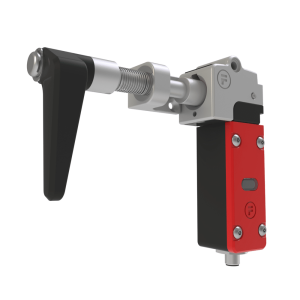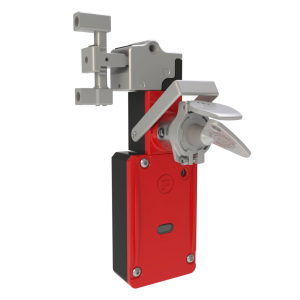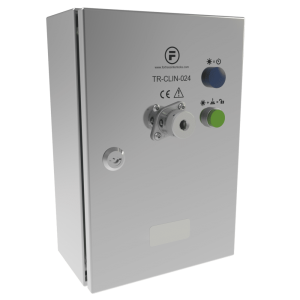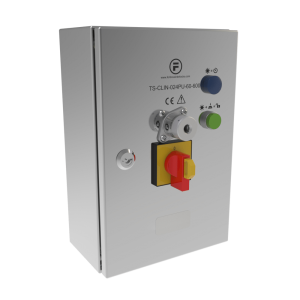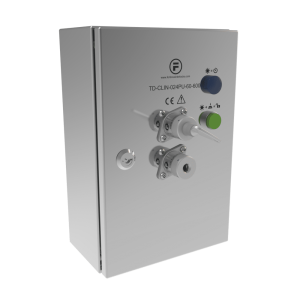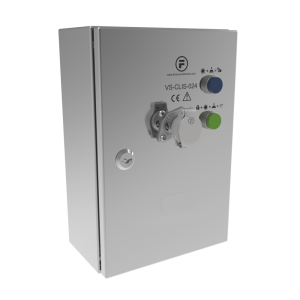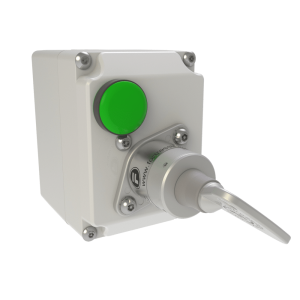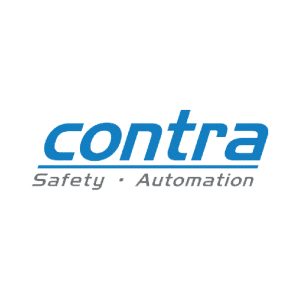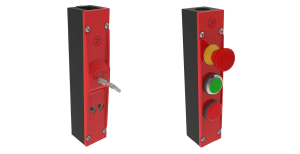Metals Production
The metal production industry involves diverse machinery applications and challenging conditions, from high-temperature transformations to rolling mills and complex processing equipment. Common hazards include exposure to molten metal, heavy-duty machinery, and harsh environments that can lead to corrosion and structural integrity issues. Protecting personnel from these hazards is crucial.
At Fortress, we leverage our extensive expertise in machinery safety and product offerings to provide safety solutions tailored to metal production applications, helping leading manufacturers meet their specific requirements and protect their personnel with products that can withstand the industry’s demanding conditions.
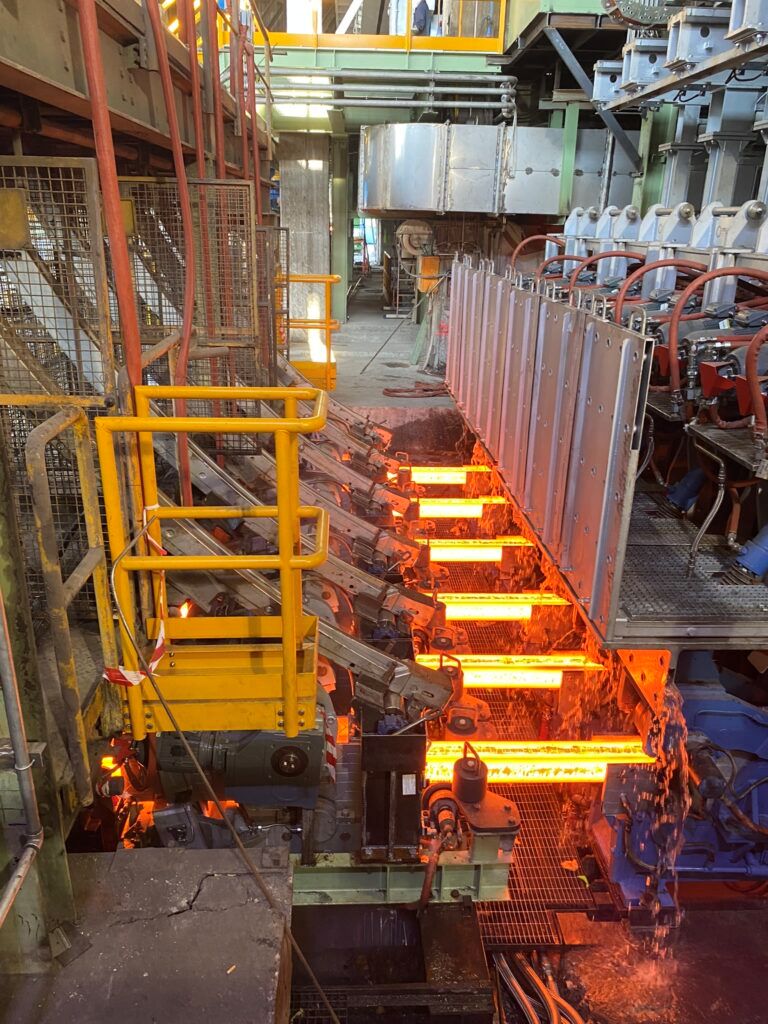
Large Area Coverage
Enforce sequences over large distances and in areas where wiring is impractical and visibility is limited.
Metal and Stainless Steel Solutions
Ideal for extreme environments where resistance to high temperatures and corrosion is required.
Networked Solutions
Communicate standard and safety I/O via industrial networks, manage access permissions and prevent unauthorized access.
Fully Configurable Products
Design tailored safety solutions to meet the specific requirements of any application.
Minimise Downtime and Replacements
Robust products built to last for decades, even in the most challenging applications and harshest environments.
Global Reach
With offices around the world and a large network of trusted partners, Fortress offers support globally.
Large Area Coverage
Enforce sequences over large distances and in areas where wiring is impractical and visibility is limited.
Metal and Stainless Steel Solutions
Ideal for extreme environments where resistance to high temperatures and corrosion is required.
Networked Solutions
Communicate standard and safety I/O via industrial networks, manage access permissions and prevent unauthorized access.
Fully Configurable Products
Configure safety solutions to meet the specific requirements of any application.
Minimise Downtime and Replacements
Robust products built to last for decades, even in the most challenging applications and environments.
Global Reach
With offices around the world and a large network of trusted partners, Fortress offers support globally.
Get started on your custom solution
Case Study-
Tata Steel
Twenty Years of Protecting People at Tata Steel Llanwern
For over two decades, Fortress Safety has been working closely with Tata Steel to protect the personnel at their sites. Tata Steel is among the top global steel producers and is the largest steelmaker in the United Kingdom.
Products Used
mGard, amGardpro, FRANK
Industry
Metals Production
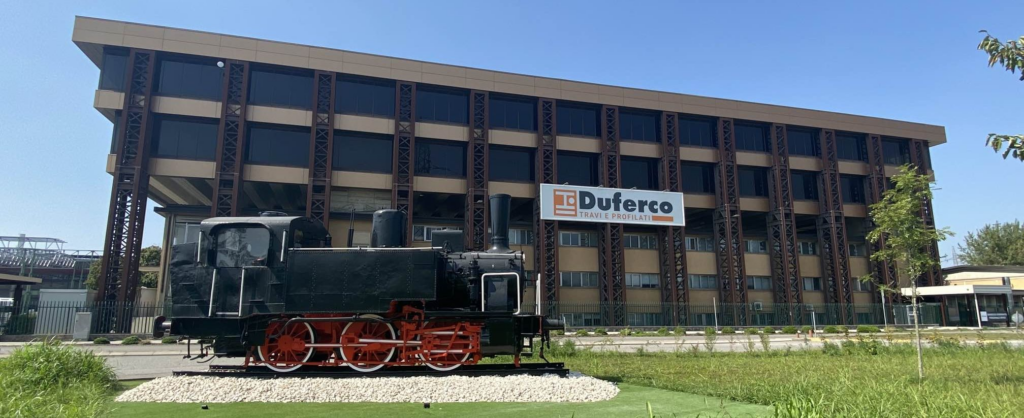

Who are Duferco?
Duferco Group are a global leader in steel production, energy,
shipping and innovation.
Case Study-
Tata Steel
Twenty Years of Protecting People at Tata Steel Llanwern
For over two decades, Fortress Safety has been working closely with Tata Steel to protect the personnel at their sites. Tata Steel is among the top global steel producers and is the largest steelmaker in the United Kingdom.
Products Used
mGard, amGardpro, FRANK
Industry
Metals Production


Who are Tata Steel?
Tata Steel are a leading global steel manufacturer known for its integrated operations, sustainable practices, and a strong presence in automotive, construction, and infrastructure.
Recommended Product Range
amGardpro
Pushbutton controls, trapped key options, and network connectivity can be combined into a single unit.
Highly configurable
Reduce replacements and downtime
All the controls in one place
Network connectivity
Recommended Product Range
mGard
Mechanical trapped key interlocks designed to enforce specific key sequences, particularly in applications involving multiple energy sources. Cost-effective, easy to install and maintain, and ideal for areas difficult to reach with cables.
Enforce sequences
Control hazardous energy
Minimise machine downtime
No need for wiring
News & Insights
Other Industries
Not sure where to start? We’re here to help
Our dedicated team of experts are here to help create the right solution for you. They can analyse your industry and specific application needs to offer recommendations on how Fortress products could benefit your setup.
